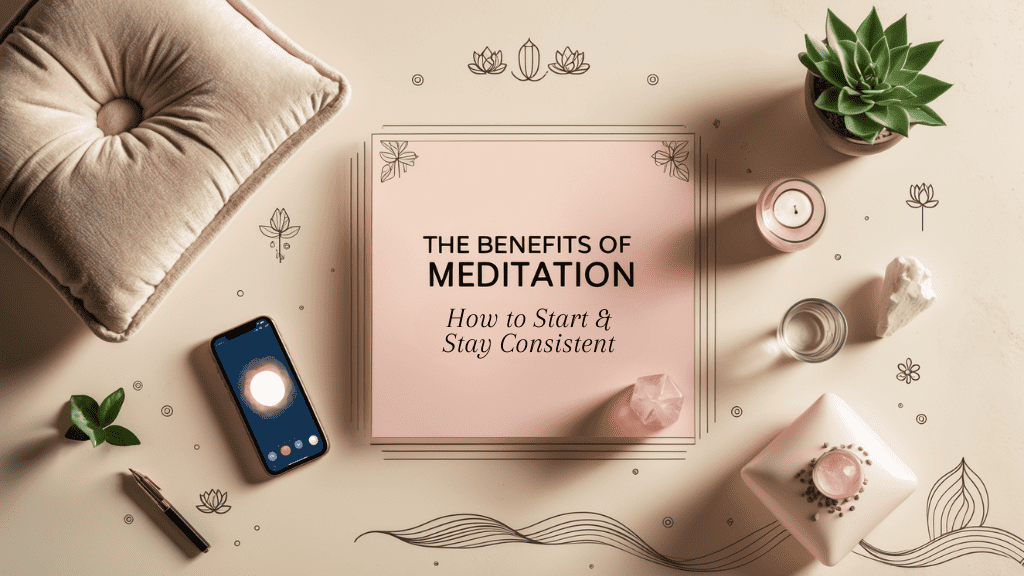
Table of Contents
Honestly? I never thought I would be able to make meditation a daily part of my life. My brain felt like a browser with 37 tabs open at once, and the thought of sitting still made me antsy. But after one particularly overwhelming week, I gave in and decided to commit to a consistent daily practice for 30 days, I started with a five-minute guided session.
That small moment of peace? It felt like I could finally hear myself think again. No grand spiritual awakening—just a quiet exhale that brought me down to earth when I desperately needed it. The thing that surprised me most wasn’t how good it felt, but how simple it actually was. Like finding out the key to your mental well-being had been in your pocket all along.
Look, I’m not going to promise meditation will solve all your problems—we both know life doesn’t work that way. But what if you could access a little pocket of calm whenever things get chaotic? What if better sleep wasn’t such an impossible dream?
The beauty of meditation is that it meets you exactly where you are—stressed, skeptical, fidgety, and all. No “perfect zen state” required. In this guide, I’ll share what actually worked for me (and what didn’t), so you can find your own way to a practice that fits into your real, wonderfully messy life.
This post may contain affiliate links. I only recommend products and services I genuinely believe in. Additionally, some images on this website may have been created with the help of AI to convey the feeling I wish to share with the reader.
What You Might Need
- A quiet, comfortable space where you won’t be disturbed
- Comfortable clothing that won’t distract you
- A meditation cushion or chair (optional)
- A timer or meditation app on your phone
- 5-20 minutes of uninterrupted time
- An open mind and patient attitude
1. Understanding the Science Behind Meditation

When I first heard about the benefits of meditation, I was honestly a bit skeptical—how could simply sitting and breathing make such profound changes? But then I began exploring the research, and what I discovered absolutely fascinated me! Scientists using advanced brain imaging have found that meditation literally changes the physical structure of your brain over time, strengthening areas responsible for attention and compassion while reducing activity in regions linked to stress.
You might be surprised to discover how this scientific understanding can transform your practice. When you realize that each meditation session is actually reshaping your brain in positive ways, finding motivation becomes easier. This knowledge turns abstract benefits into concrete changes happening inside your body with every session. Understanding these mechanisms can provide that extra push to maintain consistency, especially on days when sitting still feels challenging.
The Physiological Impact of Regular Meditation
Regular meditation practice leads to measurable changes in brain volume and neural connectivity, particularly in regions related to self-awareness and compassion.
Psychological Mechanisms of Meditation
Meditation works by training attention and awareness, creating greater mental clarity and emotional stability over time.
The Mind-Body Connection Revealed
Research shows meditation creates a positive feedback loop between mental states and physical wellness, with each supporting the other.
How to Understand the Science Behind Meditation
- Research the basics: Spend 15 minutes reading about neuroplasticity and how meditation influences brain structure
- Track your own data: Keep a simple journal noting your mental state before and after meditation
- Listen to expert talks: Find podcasts featuring neuroscientists discussing meditation benefits
- Join online communities: Connect with others interested in the science of meditation to share research
- Apply the knowledge: Use scientific understanding to reinforce your motivation on challenging days
Picture This
You close your eyes to meditate, and as you focus on your breath, thousands of neurons in your brain are firing in new patterns. With each session, neural pathways associated with calm and focus grow stronger, while stress circuits gradually quiet down. This isn’t just spiritual practice—it’s your brain physically rewiring itself for greater wellbeing through meditation benefits and techniques you’re applying consistently.
2. Physical Health Benefits of a Consistent Meditation Practice
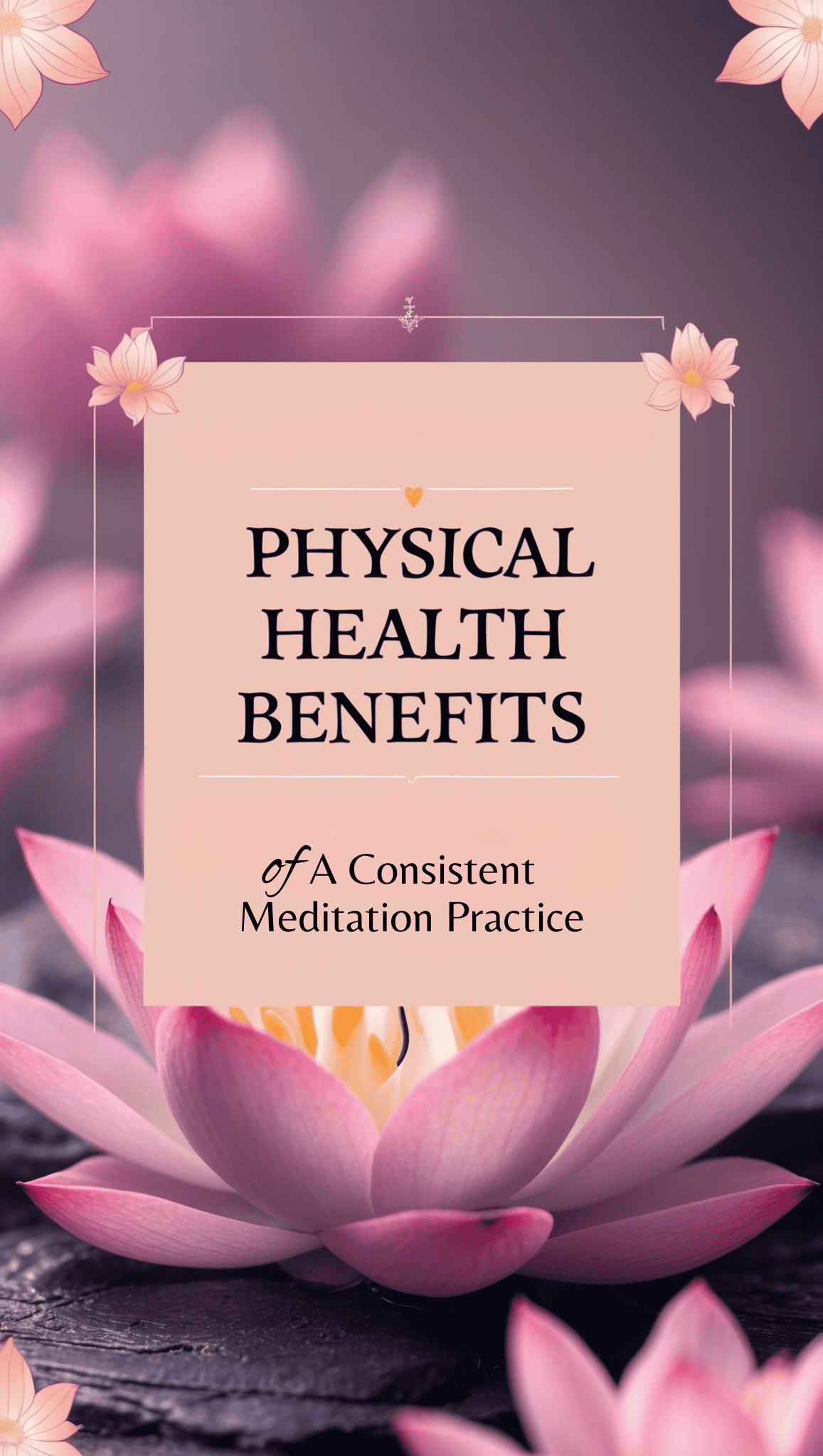
One of the most surprising aspects of my meditation journey has been discovering just how many physical health improvements I’ve experienced! Before establishing a consistent practice, I struggled with tension headaches and constant tightness in my shoulders. Within just a few weeks of meditating daily, those physical symptoms began to ease. The research confirms this—studies show that regular meditation reduces inflammation markers, lowers blood pressure, and strengthens immune function.
You’ll likely find these physical benefits create an upward spiral in your own wellness journey. Better sleep leads to more energy, which makes healthy eating and exercise easier. This form of self-care represents healthcare you can provide for yourself every day. The best part? You don’t need hours of practice—even 10-15 minutes of consistent meditation can create meaningful physiological changes that you’ll actually feel in your body, from improved sleep to reduced physical tension.
Stress Reduction and Lowered Inflammation
Meditation activates the body’s relaxation response, counteracting the harmful effects of chronic stress on multiple body systems.
Improved Sleep Quality and Energy Levels
Regular practitioners report falling asleep faster, staying asleep longer, and experiencing more restorative rest.
Pain Management Through Mindfulness
Meditation changes how the brain processes pain signals, often reducing both the intensity and emotional impact of physical discomfort.
How to Maximize the Physical Benefits of Meditation
- Practice body scanning: Spend 5 minutes daily noticing and releasing tension in each part of your body
- Incorporate breath work: Learn diaphragmatic breathing to activate your parasympathetic nervous system
- Create a bedtime meditation: Develop a short relaxation practice specifically for improving sleep
- Try movement meditation: Explore walking meditation or gentle yoga to connect mind and body
- Track physical improvements: Note changes in sleep quality, pain levels, and energy in a wellness journal
Picture This
You settle into your meditation practice after a stressful day, and within minutes, your racing heartbeat slows, your breathing deepens, and your tight muscles begin to release. The stress hormones that were flooding your system gradually subside, your blood pressure gently lowers, and your immune system strengthens—all through the simple yet powerful act of mindful awareness. These meditation benefits and techniques are working silently but effectively, supporting your physical health from the inside out.
3. Mental Health and Emotional Benefits of Regular Meditation
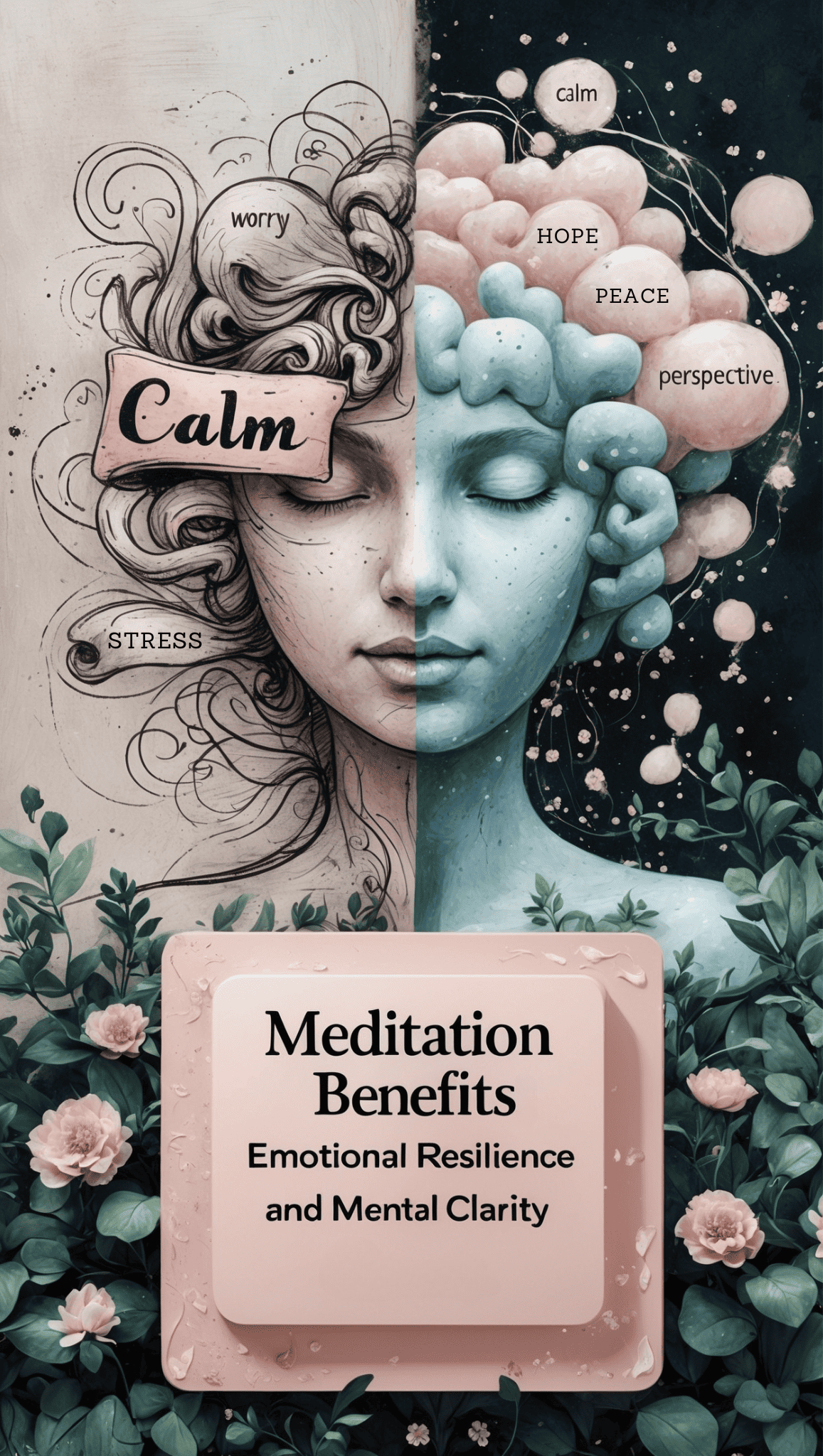
The mental health benefits of meditation have been absolutely transformative in my life! Before establishing a regular practice, I often found myself caught in spirals of anxious thinking or overwhelmed by strong emotions. Meditation taught me something invaluable—that I am not my thoughts, and I don’t have to be controlled by every feeling that arises. This simple shift in perspective completely changed how I relate to challenging mental states.
You’ll likely discover similar emotional freedom as your practice develops. Many practitioners report becoming more aware of emotional triggers before they escalate, gaining precious moments to respond thoughtfully rather than react automatically. Your relationships may improve as you become more present and less defensive in conversations. Even during genuinely difficult times, the emotional resilience built through meditation can help you navigate challenges with more grace and less suffering. With consistent practice, you too can experience this profound shift in your mental landscape.
Anxiety and Depression Management
Regular meditation practice helps reduce rumination and worry while promoting emotional regulation and resilience.
Enhanced Self-Awareness and Emotional Intelligence
Meditation cultivates the capacity to observe thoughts and feelings without immediate reaction, creating space for wiser responses.
Improved Focus and Cognitive Performance
Practitioners develop stronger attention skills that transfer to work, study, and creative pursuits.
How to Nurture Mental Health Through Meditation
- Start with guided meditations: Use recordings specifically designed for anxiety or mood support
- Practice non-judgment: Work on observing thoughts without labeling them as “good” or “bad”
- Incorporate self-compassion: Include phrases of kindness toward yourself in your practice
- Establish emotional check-ins: Take brief meditation breaks during emotionally challenging moments
- Combine with therapy: If working with a mental health professional, discuss how meditation can complement treatment
Picture This
As you sit in meditation, watching your thoughts arise and pass like clouds in the sky, you’re strengthening neural pathways associated with emotional regulation. The mental space you’re creating allows you to respond rather than react, to choose rather than be driven by habit. With each practice session, you’re building a foundation of mental wellness that supports you through life’s inevitable ups and downs, embodying the profound meditation benefits and techniques that have supported human wellbeing for centuries.
4. Beginner-Friendly Meditation Techniques to Start Today
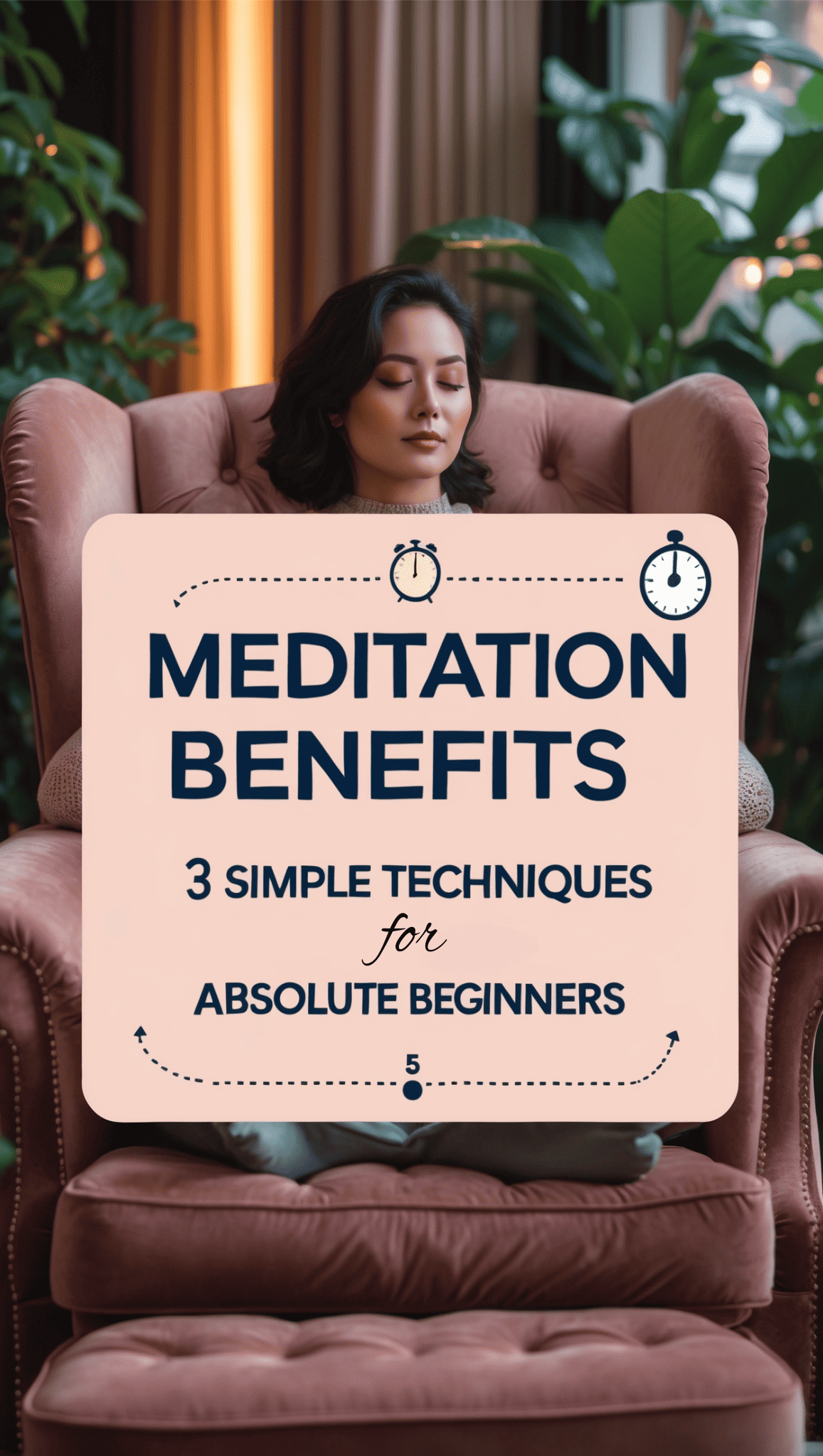
When I first became interested in meditation, I felt completely overwhelmed by all the different techniques and approaches! Should I focus on my breath? Use a mantra? Try to clear my mind entirely? The confusion almost stopped me before I started. What I eventually discovered is that the simplest techniques are often the most powerful for beginners. I began with just five minutes of mindful breathing each morning, and that modest start was enough to hook me on the practice.
You’ll find freedom in understanding that meditation isn’t about stopping thoughts or achieving some perfect zen-like state. Your mind is designed to think—that’s its job! The real skill you’ll develop is noticing when you’ve been carried away by thoughts and gently bringing attention back to your chosen focus. Each time you notice wandering and return to your breath, you’re actually building the “muscle” of attention. As you explore these beginner techniques, remember that consistency matters far more than duration or perfection.
Mindful Breathing Meditation
This foundational practice uses the natural rhythm of breathing as an anchor for attention, creating a simple but powerful focus point.
Body Scan Meditation for Relaxation
Progressive attention to each part of the body helps release physical tension while developing greater bodily awareness.
Loving-Kindness Meditation for Emotional Well-being
This heart-centered practice cultivates positive emotions toward yourself and others, counteracting negativity bias.
How to Begin Your Meditation Practice
- Start with just 5 minutes: Set a timer and focus solely on your breathing
- Try different postures: Experiment with sitting, lying down, or even walking meditation
- Use guided recordings: Download meditation apps with beginner-friendly sessions
- Create environmental cues: Designate a specific place that signals “meditation time” to your brain
- Be consistent: Choose a specific time of day and meditate regularly, even if briefly
- Practice self-compassion: Approach your practice with kindness rather than judgment
Picture This
You sit comfortably in your favorite quiet corner, set a gentle timer for five minutes, and close your eyes. As you focus on the sensation of your breath moving in and out, your mind wanders—and that’s perfectly okay. Each time you notice the wandering and gently return to your breath, you’re strengthening your attention muscle. These simple meditation benefits and techniques are accessible to anyone, requiring nothing but your presence and a willingness to begin again each time attention drifts.
5. Creating Your Personalized Meditation Routine
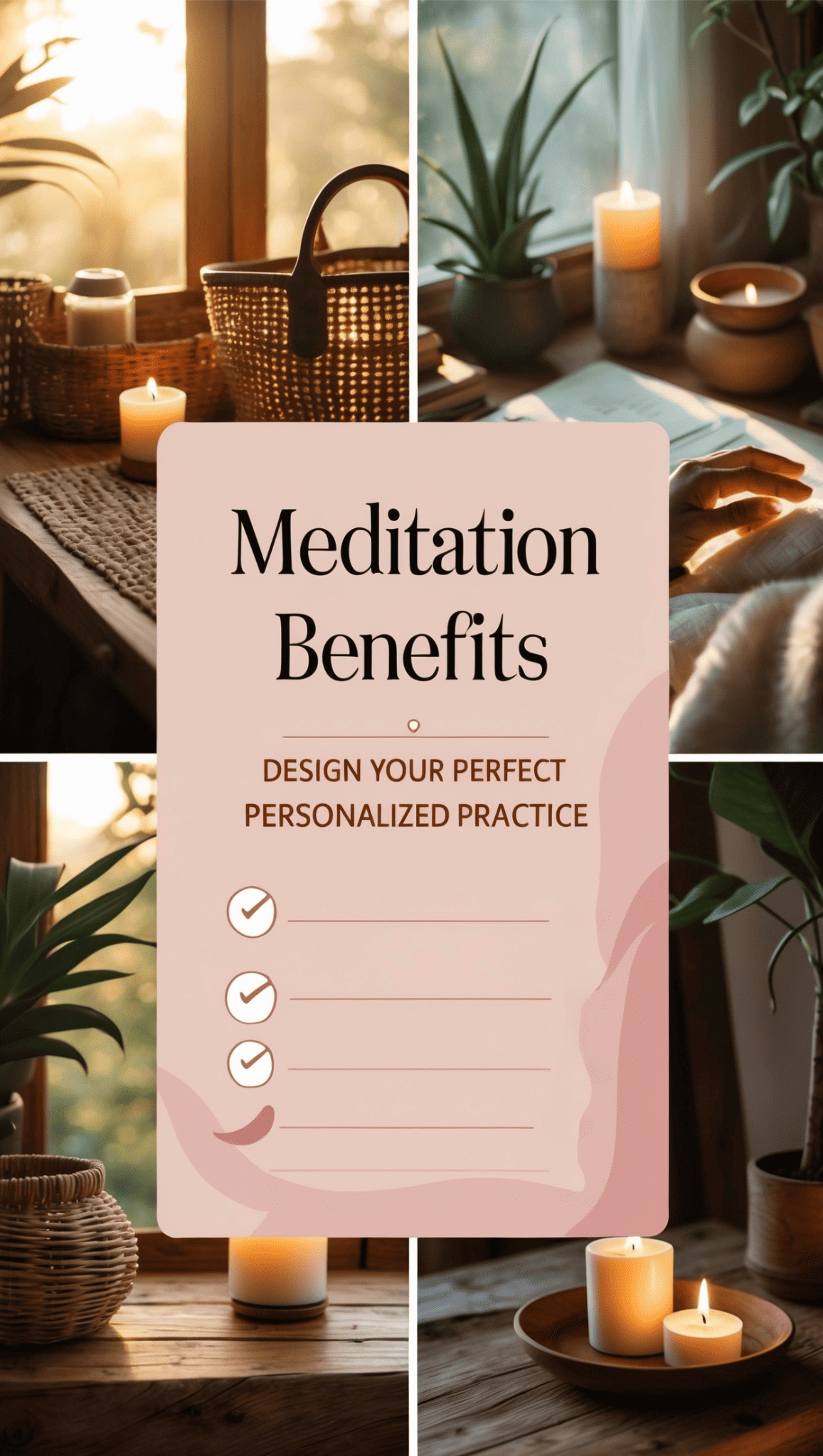
Discovering my personal meditation style was a game-changer in establishing a sustainable practice! I tried meditating in the evenings at first, only to find myself falling asleep every time. When I switched to morning sessions, everything clicked—I was alert, my mind wasn’t yet filled with the day’s concerns, and completing my practice first thing gave me a sense of accomplishment. Some people thrive with lunchtime breaks, while others prefer practicing before bed.
Your meditation success depends on creating a practice that fits naturally into your life and addresses your specific needs. You might need to adjust your routine seasonally and during different life phases—shortening sessions during busy periods or focusing on techniques specifically designed for anxiety or insomnia when those challenges arise. The beauty of meditation is its flexibility—there are countless ways to practice, and you have full permission to experiment. A personalized routine you actually follow is infinitely more valuable than an “ideal” practice that remains theoretical.
Finding Your Optimal Meditation Time
Experiment with different times of day to discover when your mind is most receptive to meditation practice.
Setting Up Your Meditation Space
Create a dedicated area that signals to your brain it’s time to shift into meditation mode.
Tracking Your Progress Effectively
Monitor your practice and its effects without becoming attached to specific outcomes or experiences.
How to Design Your Personal Meditation Routine
- Experiment methodically: Try morning, midday, and evening meditation for a week each
- Start with guided sessions: Use structured guidance until you feel comfortable meditating independently
- Integrate with existing habits: Attach meditation to something you already do daily (like brushing teeth)
- Plan for obstacles: Identify potential barriers to practice and create specific strategies to overcome them
- Schedule realistically: Be honest about your time constraints and set sustainable goals
- Revise as needed: Adjust your routine seasonally or during major life transitions
Picture This
Your meditation practice becomes as natural as brushing your teeth—a non-negotiable part of caring for yourself that fits seamlessly into your day. You’ve found your optimal time, created a space that feels inviting, and developed a routine that adapts to life’s changing circumstances. This personalized approach ensures you’ll continue experiencing meditation benefits and techniques over the long term, making it a sustainable part of your life rather than a passing phase.
6. Overcoming Common Meditation Challenges and Obstacles
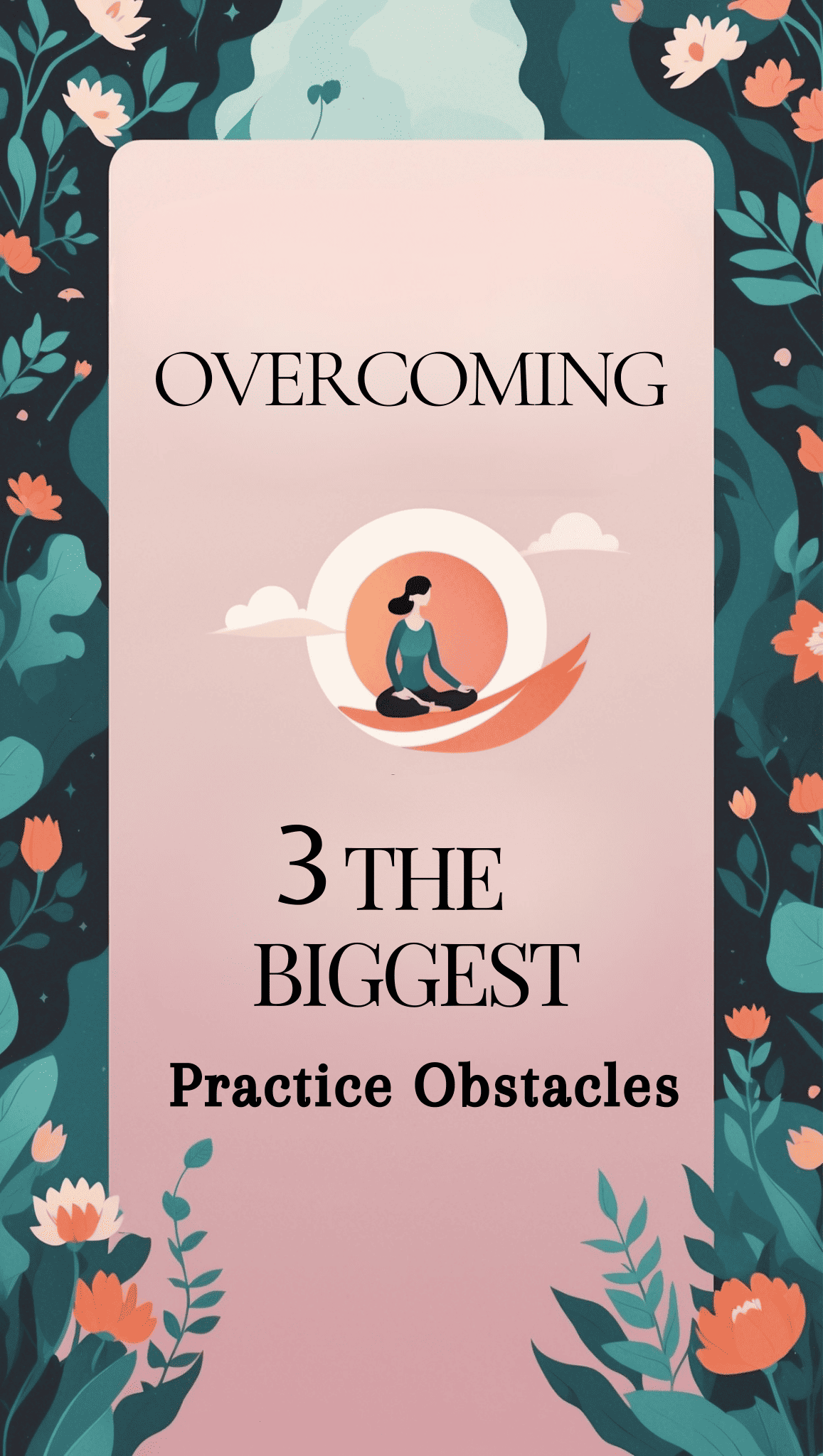
Let me be completely honest—there were so many times I nearly gave up on meditation because it felt too difficult! My mind would race with thoughts, my back would ache after a few minutes, and finding even five consistent minutes seemed impossible. What kept me going was learning that these challenges are universal—even experienced meditators face them regularly. Understanding that wandering thoughts aren’t “failures” but opportunities to practice returning attention was transformative for me.
You’ll likely face similar challenges, but reframing your perspective can make all the difference. Rather than expecting perfect focus or blissful states, you can appreciate the simple act of showing up and practicing awareness, regardless of how it feels. Getting creative with time—meditating on your commute or taking “meditation snacks” (one-minute breath breaks) throughout the day—can help maintain consistency when life gets busy. Remember that consistency trumps duration—five minutes daily builds a stronger practice than an hour once a week. With each challenge you work through, your practice will become more resilient, and so will you.
“I Don’t Have Time” – Solutions for Busy Lives
Integrate meditation into your existing schedule with micro-practices that can be done anywhere.
Managing Restlessness and Wandering Thoughts
Learn to work with mental activity rather than fighting against the mind’s natural tendency to generate thoughts.
Dealing with Physical Discomfort During Meditation
Make appropriate adjustments to posture and position to support a comfortable yet alert practice.
How to Overcome Meditation Obstacles
- Set minimal thresholds: Commit to just one minute daily—something so easy you can’t say no
- Use environmental triggers: Place visual reminders of your practice in frequently seen locations
- Join a community: Connect with other meditators for accountability and shared experiences
- Work with difficulty: When resistance arises, make it the object of your meditation rather than an obstacle
- Celebrate consistency: Acknowledge every session completed, regardless of how it felt
- Return without judgment: Develop the habit of beginning again whenever you’ve fallen out of practice
Picture This
You sit down to meditate and, predictably, your mind begins buzzing with thoughts about work deadlines and family responsibilities. Instead of getting frustrated, you simply notice: “Thinking happening,” and gently return to your breath. This happens dozens of times in a five-minute session, but you recognize that each return is strengthening your attention. These moments of working with challenges are precisely where the most powerful meditation benefits and techniques take root, building resilience that extends far beyond your formal practice.
7. Advanced Techniques for Experienced Meditators
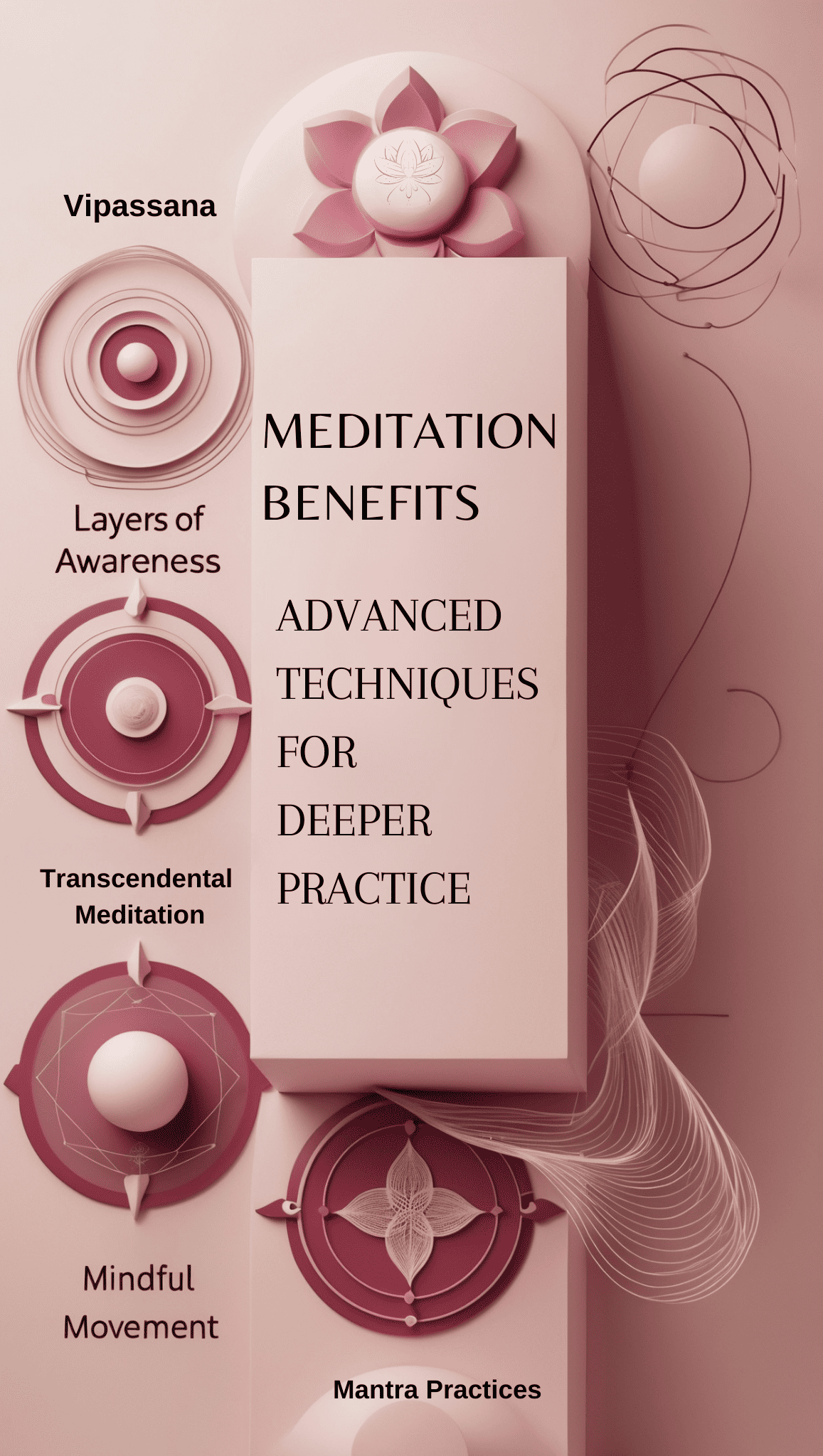
As my meditation practice deepened over time, I found myself naturally curious about more advanced techniques! After establishing a solid foundation with basic mindfulness, I began exploring practices that offered different qualities of awareness and insight. Vipassana meditation opened up a whole new dimension for me, helping me observe the constantly changing nature of sensations and thoughts with increasing subtlety. The transition from guided to self-directed practice was challenging at first, but ultimately empowering.
Your advanced journey will likely reveal that progress isn’t linear but cyclical—with periods of plateau, breakthrough, confusion, and clarity. As your meditation deepens, you’ll notice subtler patterns of thinking and feeling that were previously invisible, and your capacity to stay present through challenging experiences will expand. You might find tremendous value in working with teachers or attending retreats to refine your technique. Remember that “advanced” doesn’t necessarily mean more complex—often it involves a deeper understanding of the same fundamental principles you learned as a beginner.
Vipassana and Insight Meditation
These practices develop clear seeing into the nature of experience, revealing patterns that create suffering and freedom.
Transcendental Meditation and Mantra Practices
Using sound vibrations as meditation objects can create profound states of relaxation and awareness.
Mindful Movement Practices
Integrating awareness with gentle movement creates embodied meditation that can be especially powerful for kinesthetic learners.
How to Deepen Your Meditation Practice
- Extend your sessions: Gradually increase sitting time to 20-45 minutes when you feel ready
- Attend a retreat: Immerse yourself in intensive practice under experienced guidance
- Explore various traditions: Study different meditation lineages to broaden your understanding
- Develop self-guidance: Practice transitioning from guided recordings to self-directed sessions
- Journal insights: Record observations and realizations that emerge from deeper practice
- Connect with teachers: Seek guidance from experienced meditators when you’re ready to refine your technique
Picture This
Having established a solid foundation in basic meditation, you now sit with a subtler awareness that perceives the rise and fall of sensations, emotions, and thoughts with remarkable clarity. You no longer struggle against your experience but meet each moment with equanimity and interest. The boundaries between formal practice and everyday life have softened, as you carry the qualities of presence and compassion into all your activities, embodying the deepest meditation benefits and techniques that transform not just sessions but your entire approach to living.
8. Integrating Meditation into Your Daily Life Beyond the Cushion
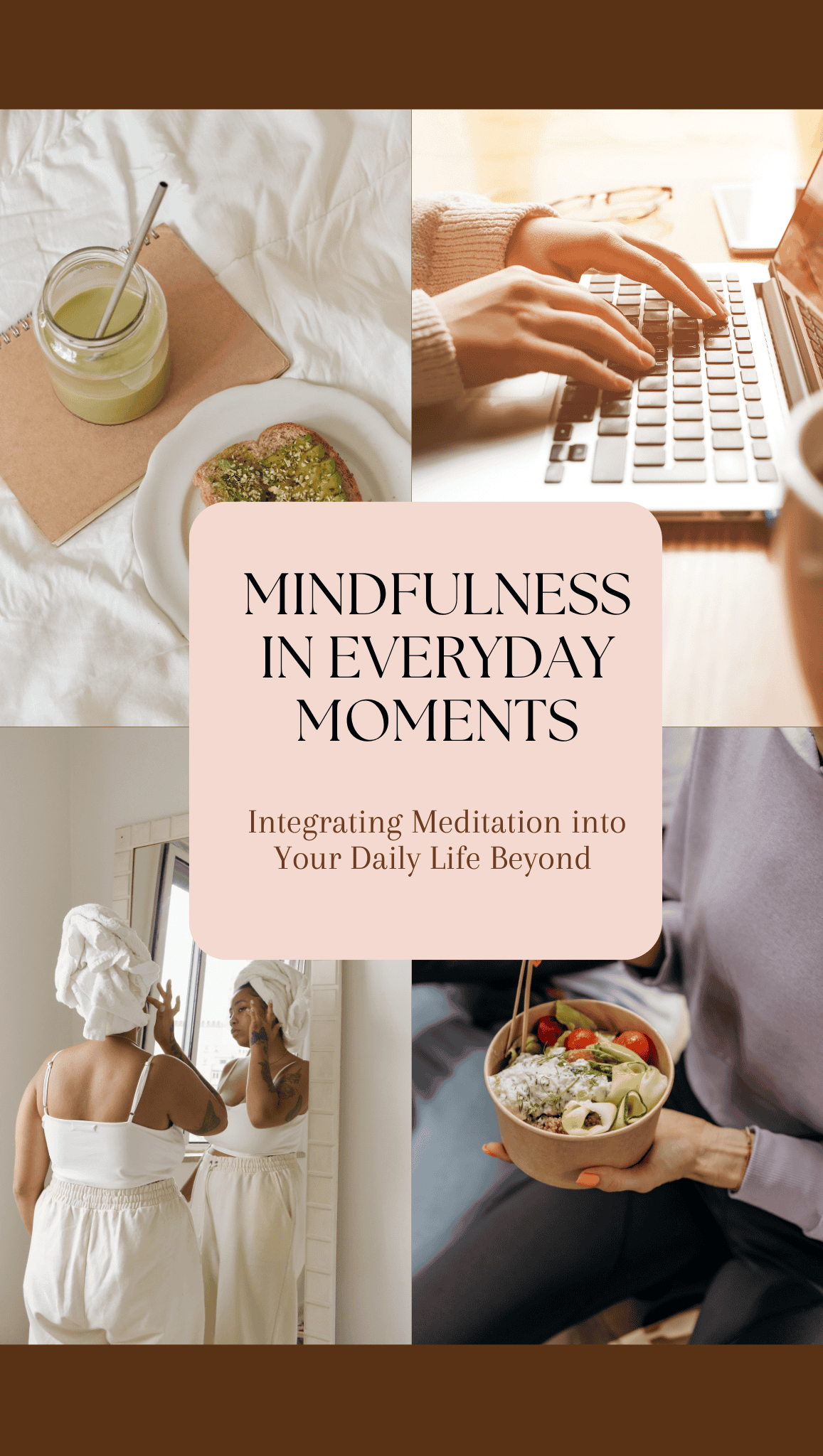
The most profound shift in my meditation journey happened when I began extending mindfulness beyond formal sitting practice into everyday activities! I discovered that washing dishes could become a meditation on sensation, driving could transform into an exercise in present-moment awareness, and even waiting in line offered an opportunity to practice patience and breathing. This integration is where the real magic happens—when meditation becomes a way you “are” throughout your day.
You’ll experience a powerful positive feedback loop as you integrate mindfulness into daily life. Your ordinary activities will become opportunities to strengthen awareness, which makes formal practice easier, which then enhances your capacity to be present throughout the day. Try setting specific intentions like being fully present during the first bite of each meal or taking three conscious breaths before checking your phone. These “mindfulness anchors” will help you wake up from autopilot. This approach transforms ordinary moments into practice opportunities, making meditation sustainable and relevant rather than an isolated cushion activity.
Mindful Communication and Relationships
Bringing meditation qualities into conversations improves listening, reduces reactivity, and enhances connection.
Mindfulness for Daily Activities
Transform routine tasks into opportunities for presence and awareness training.
Building a Supportive Meditation Community
Connect with others to sustain motivation, share insights, and deepen your understanding through diverse perspectives.
How to Live More Mindfully
- Create transition moments: Take three conscious breaths between activities
- Practice single-tasking: Choose one activity daily to do with complete attention
- Implement technology boundaries: Designate specific times to check devices
- Use environmental cues: Place small reminders around your home that prompt mindful awareness
- Establish mindful eating: Begin at least one meal daily with a moment of presence
- Develop a gratitude practice: End each day by mindfully reflecting on things you appreciate
Picture This
As you move through your day, ordinary moments transform into opportunities for presence—feeling the water on your hands while washing dishes, truly listening to a friend without planning your response, savoring the taste and texture of your food rather than eating on autopilot. The line between “meditation” and “living” begins to blur as you bring the same quality of attentive awareness to everything you do, experiencing the full spectrum of meditation benefits and techniques woven seamlessly into your everyday existence.
Want to Simplify Your Wellness Journey?
As you’ve learned throughout this article, meditation offers powerful benefits for mental clarity and stress reduction, but it’s just one piece of a successful and sustainable wellness lifestyle transformation. Creating lasting results requires a personalized approach that integrates mindfulness practices, physical wellness, nutrition strategies, and consistency—all tailored to your unique body and lifestyle.

Ready for a Customized Approach to Your Wellness Journey?
My Wellness Lifestyle Strong Foundation Audit helps you cut through the confusion and create a comprehensive strategy that works specifically for you. During this 90-minute audit session, we’ll assess your current habits, identify your unique needs, and develop a practical plan that may include meditation alongside other evidence-based approaches for total mind-body wellness.
You’ll receive a personalized blueprint that addresses not just mindfulness, but all the critical elements that support your success—from stress management to progress tracking methods that keep you motivated. Skip the frustrating cycle of trial and error and start your journey with clarity and confidence. Book your Wellness Lifestyle Strong Foundation Audit today and transform your approach to lasting wellness!
Personalized Wellness Plan Development
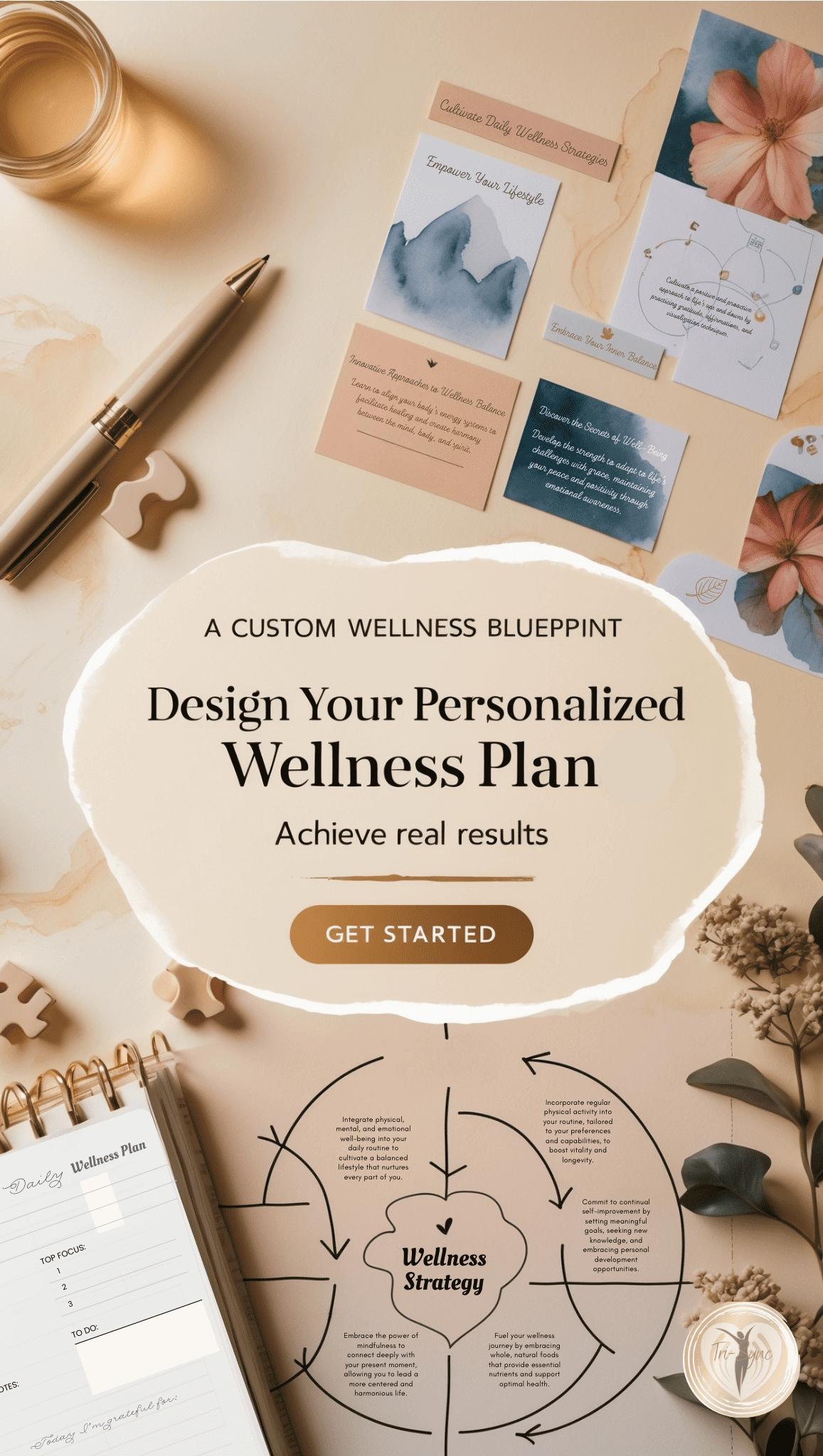
Final Thoughts
The journey of meditation is truly one of the most rewarding paths we can walk in life. What begins as a simple practice of sitting quietly for a few minutes each day can gradually transform into a profound shift in how we experience ourselves and the world around us. Remember that consistency matters far more than perfection—even five minutes of daily practice will yield more benefits than occasional longer sessions. Be patient with yourself as you build this new habit, understanding that like any skill, meditation develops with practice over time.
I encourage you to approach your meditation journey with curiosity rather than expectation. Each person’s experience is unique, and the benefits often unfold in surprising and unexpected ways. Some days your practice will feel peaceful and focused, while other days your mind might seem especially busy—both are completely normal and part of the process. Trust that beneath the surface fluctuations, important neural pathways are being strengthened with every moment of mindful awareness.
Perhaps the most beautiful aspect of meditation is its accessibility—this powerful practice requires no special equipment, can be done anywhere, and is available to everyone regardless of physical ability, age, or background. Whether you’re seeking stress reduction, emotional balance, spiritual connection, or simply a moment of calm in a busy day, meditation offers a path forward. The techniques and benefits we’ve explored in this guide are your invitation to begin or deepen your own practice.
So take a deep breath, find a comfortable seat, and begin. Your future self will thank you for this investment in your well-being!
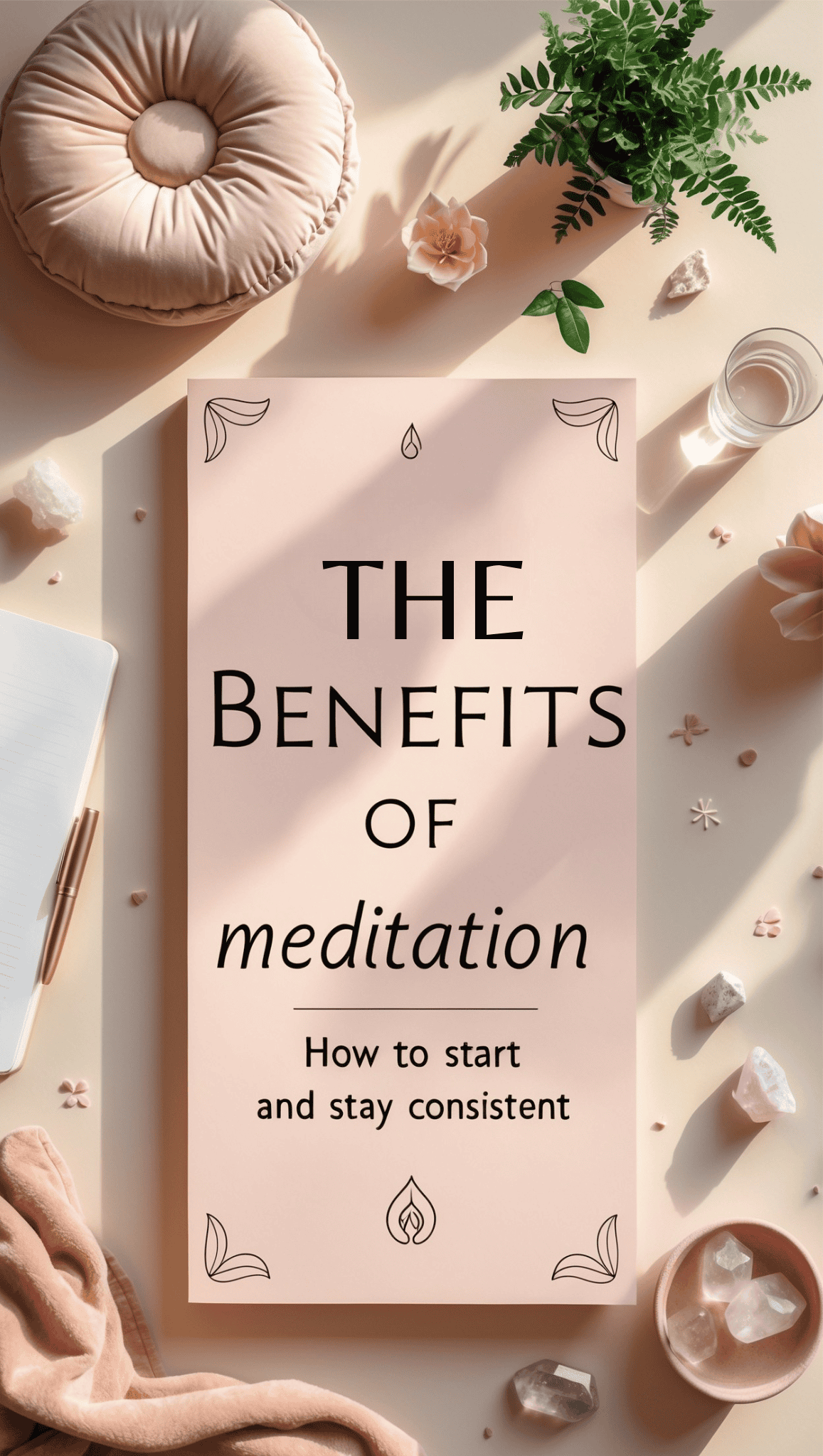
This post may contain affiliate links. I only recommend products and services I genuinely believe in. Additionally, some images on this website may have been created with the help of AI to convey the feeling I wish to share with the reader.
Frequently Asked Questions
How long should I meditate each day to see benefits?
Research shows that as little as 5-10 minutes of daily meditation can produce meaningful changes in brain function and stress levels. Consistency is much more important than duration, especially when starting out. Many experienced practitioners find that 20-30 minutes daily provides significant benefits, but it’s perfectly fine to begin with shorter sessions and gradually extend your practice time as it becomes more comfortable. Remember that meditating for five minutes daily will yield more benefits than a single 35-minute session once a week.
My mind is too busy for meditation. What should I do?
Having a busy mind is not an obstacle to meditation—it’s precisely why meditation is valuable! The purpose of meditation isn’t to stop thinking but to change your relationship with thoughts. During practice, you’ll notice your mind wandering many times, and each time you gently bring attention back to your focus (like the breath), you’re strengthening your attention “muscle.” Think of a busy mind as giving you more opportunities to practice, just as lifting heavier weights builds stronger muscles.
I keep falling asleep during meditation. Is this normal?
Falling asleep during meditation is extremely common, especially for beginners and particularly if you’re meditating while lying down or at the end of a long day. Try meditating earlier in the day when you’re more alert, maintaining an upright posture with a straight spine (but not rigid), and opening your eyes slightly if drowsiness occurs. Some people find that meditating after exercise, rather than before bed, helps maintain alertness during practice.
How do I know if I’m meditating “correctly”?
There is no single “correct” way to meditate—success in meditation isn’t about achieving a particular state but simply engaging in the practice itself. If you’re setting aside time to focus your attention intentionally, noticing when your mind wanders, and gently bringing your focus back without judgment, you’re meditating correctly. Different techniques produce different experiences, but the fundamental process of working with attention remains consistent across practices.
Can meditation replace therapy or medication for mental health conditions?
While meditation can be a powerful support for mental wellbeing, it’s best viewed as a complement to professional treatment rather than a replacement, especially for clinical conditions like major depression, anxiety disorders, or PTSD. Research shows that meditation often works well alongside therapy and/or medication, but significant mental health challenges typically benefit from a multi-faceted approach. Always consult with healthcare providers about how meditation might fit into your overall treatment plan.
About The Author
Jahlila is a Transformational Whole Self and Wellness Lifestyle Empowerment Coach, a devoted mother, passionate writer, and a fervent advocate for holistic wellness. She is the creator of The Tri-Sync Method, a comprehensive coaching program designed to help women establish a personalized wellness and self-care lifestyle for enduring total health wellness.
Her journey has transitioned from focusing solely on health and fitness to embracing a broader mission: empowering women through holistic approaches that unite body, mind, and spirit. Jahlila is dedicated to teaching, coaching, writing, and speaking about how wellness intersects with a joyful, balanced life. Her mission is to motivate women to prioritize and achieve their wellness goals, fostering a deep connection between a vibrant lifestyle and true happiness. Ready to reclaim your vitality, achieve mental clarity, and embrace your wellness journey? Explore more at The Tri-Sync Method.Com
Don’t wait another day to start living your healthiest, happiest life. Schedule a Free Discovery Consultation with Jahlila today to explore how The Tri-Sync Method can transform your life. For additional questions or personalized guidance, please visit our Contact Page.

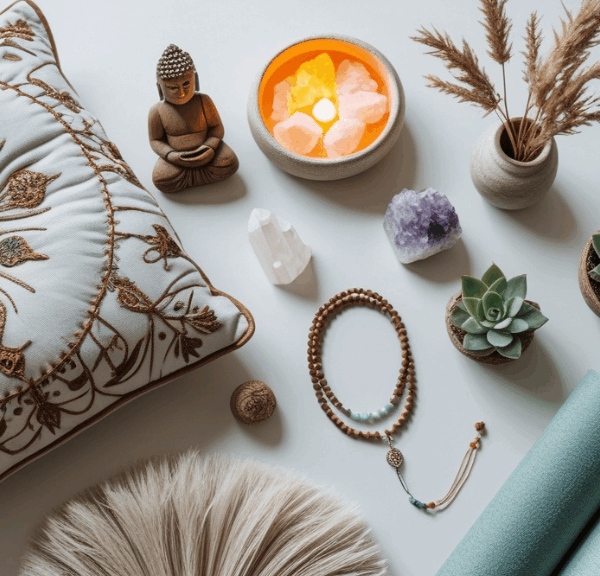
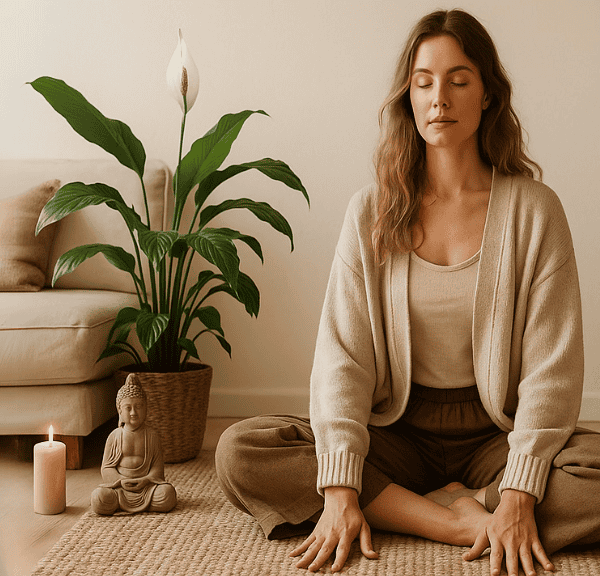

Leave a Reply